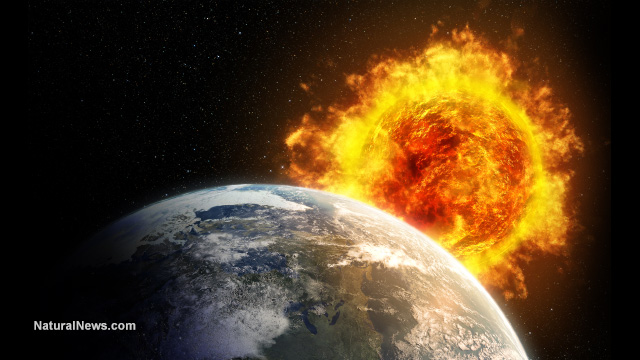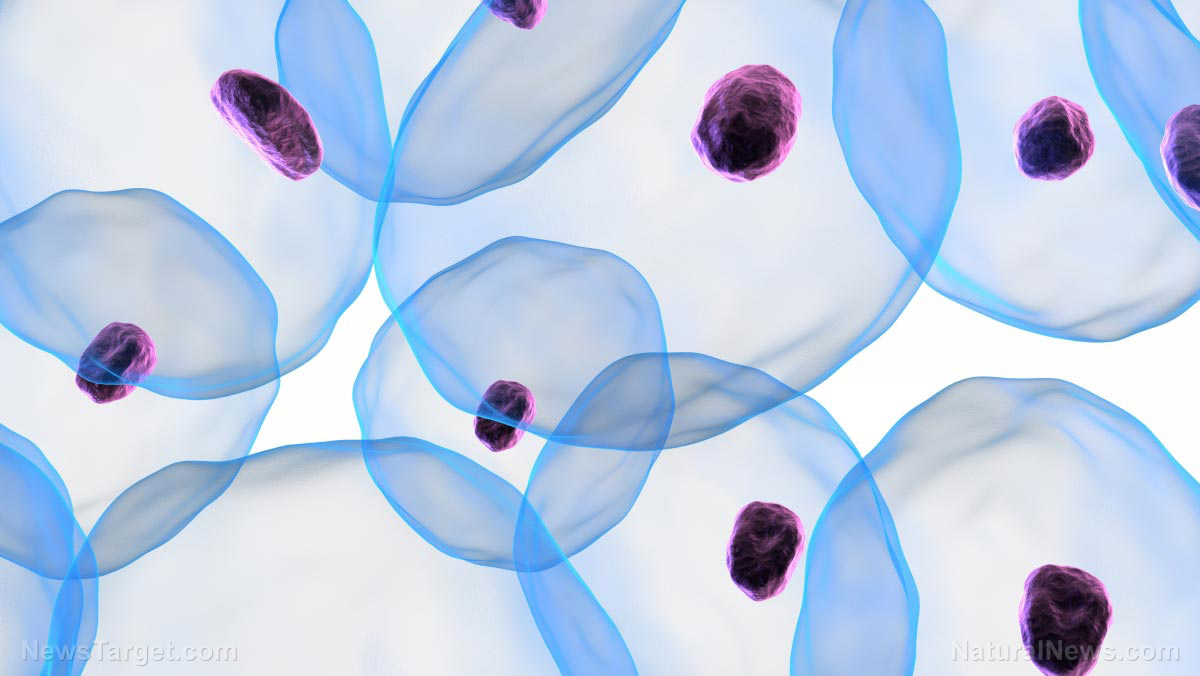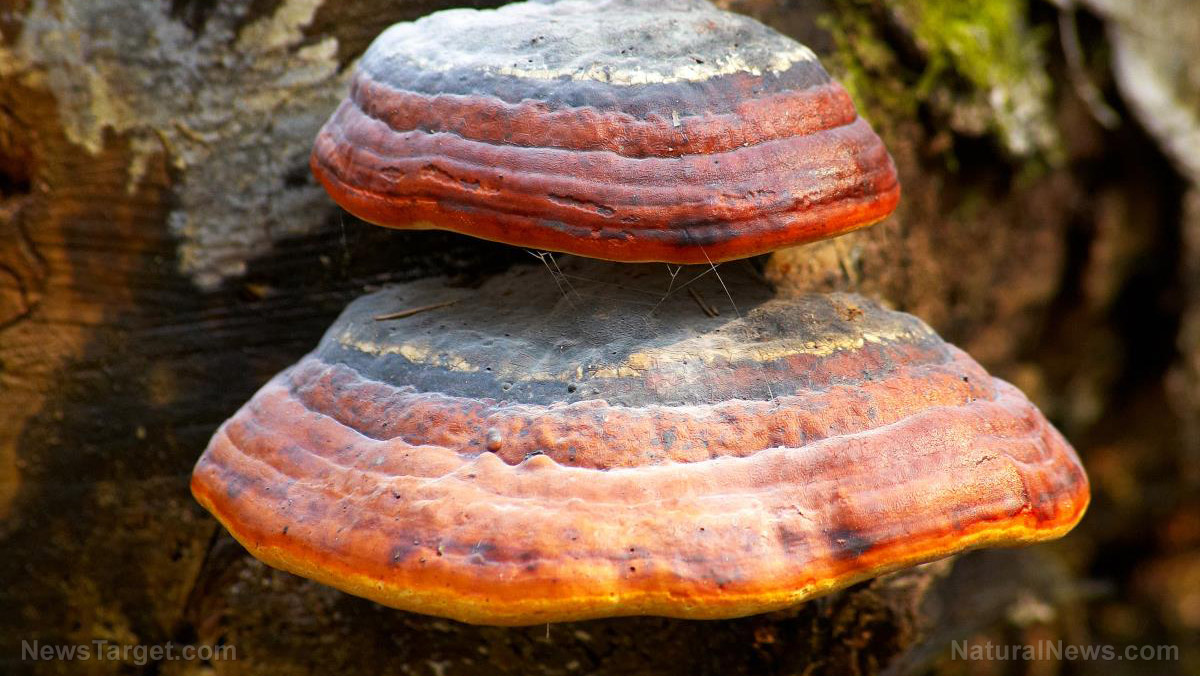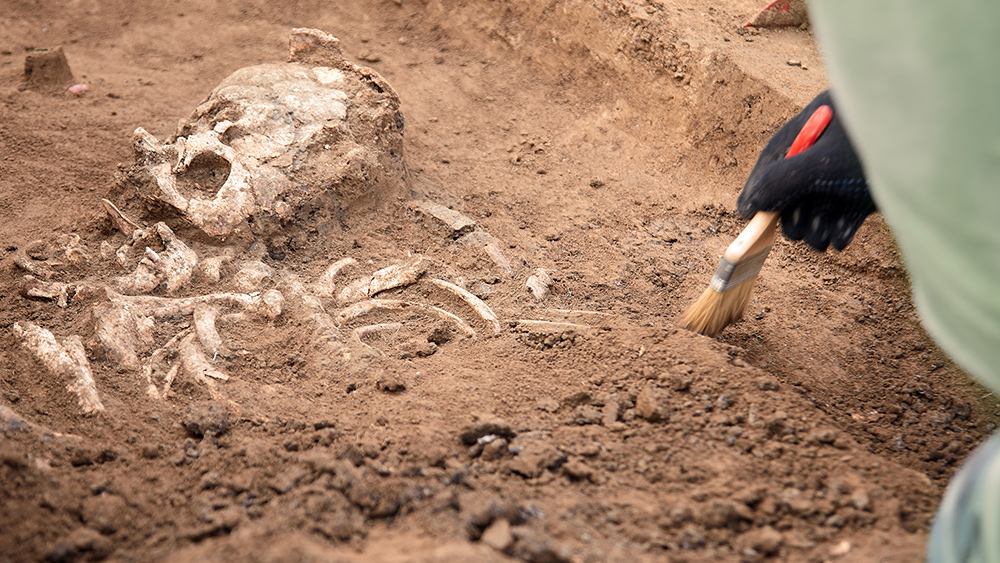Astronomers discover rare star system that could create gold-producing kilonova explosion
03/02/2023 / By Kevin Hughes

Astronomers have discovered a rare star system that could someday set off a powerful explosion and sprinkle space with gold.
Located about 11,400 light-years from Earth, the “one-in-10-billion” star system called CPD-29 2176 was first recognized by the National Aeronautics and Space Administration (NASA). Further observations with the SMARTS 1.5-Meter Telescope at Chile’s Cerro Tololo Inter-American Observatory deemed that the star system could someday create a kilonova explosion.
Kilonova explosion happens when neutron stars crash into each other, sending high-energy particles through space. This collision of neutron stars also generates a luminous flash of radioactive light that produces large quantities of silver, gold, platinum and uranium. (Related: Heavy metal rain: Colossal “kilonova” explosions may be showering a nearby galaxy in gold and platinum.)
“The current neutron star would have to form without ejecting its companion from the system. An ultra-stripped supernova is the best explanation for why these companion stars are in such a tight orbit. To one day create a kilonova, the other star would also need to explode as an ultra-stripped supernova so the two neutron stars could eventually collide and merge,” said astronomer Noel Richardson of Embry-Riddle Aeronautical University in Ohio.
Ultra-stripped supernova is different from a regular supernova
Astronomers posited that the kilonova will happen at CPD-29 2176 after seeing that it includes a neutron star created by what is called an ultra-stripped supernova along with a closely orbiting large star.
An ultra-stripped supernova is different from a regular supernova because it generates little or no ejecta, or “kick” – which experts believe is due to the exploding star already being deprived of its outer atmosphere by a companion star. The exploding star then develops into a neutron star because its supernova lacks explosive force.
A traditional supernova would kick a close companion star out of the system. The companion star often turns into another neutron star itself, which is what gives the perfect ingredients for a kilonova to happen.
CPD-29 2176 is extraordinary because astronomers had always believed that for a kilonova to form, at least one of the neutron stars had to be made from a traditional supernova explosion. But this is not the case with CPD-29 2176.
“For quite some time, astronomers speculated about the exact conditions that could eventually lead to a kilonova. These new results demonstrate that, in at least some cases, two sibling neutron stars can merge when one of them was created without a classical supernova explosion,” said astronomer André-Nicolas Chené, a member of the team that observes CPD-29 2176.
“We know that the Milky Way contains at least 100 billion stars and likely hundreds of billions more. This remarkable binary system is essentially a one-in-ten-billion system. Prior to our study, the estimate was that only one or two such systems should exist in a spiral galaxy like the Milky Way.”
The astronomers estimate it will take at least one million years for the enormous star to conclude its life as a gigantic supernova explosion and leave behind a second neutron star.
“This system reveals that some neutron stars are formed with only a small supernova kick. As we understand the growing population of systems like CPD-29 2176 we will gain insight into how calm some stellar deaths may be, and if these stars can die without traditional supernovas,” said Richardson.
Follow Space.news for more stories like this.
Watch this video that talks about the sun’s next nova, which is set to happen in 2046.
This video is from The truth channel on Brighteon.com.
More related stories:
A massive star went missing without leaving any trace, astronomers say.
Study: Mysterious bright light spotted in February was a distant star being squeezed by a black hole.
Supernova, resurrected: Scientists are puzzled by “the star that wouldn’t die.”
Sources include:
Submit a correction >>
Tagged Under:
astronomers, breakthrough, cosmic, CPD-29 2176, discoveries, gold, gold shower, kilonova explosion, metals, neutron star, research, Space, space exploration, star system, supernova
This article may contain statements that reflect the opinion of the author




















